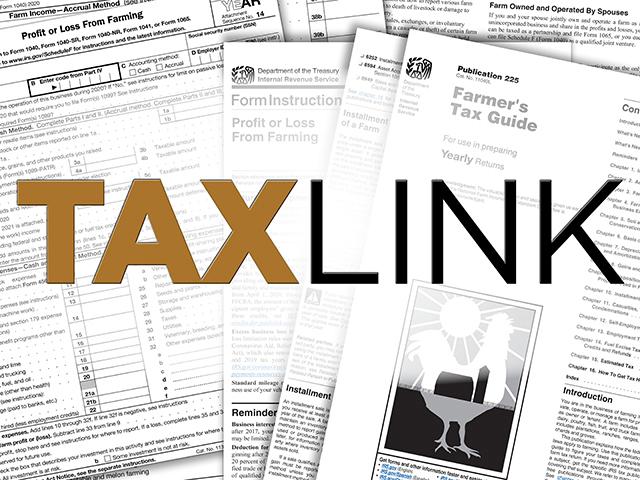Taxlink
Split-Interest Land Purchases Make a Comeback
It's been years since someone asked about a split-interest land purchase, but they are making a comeback. Keep in mind, split-interest purchases are typically between a C corp and an individual because of potential issues outlined below. But, if you have a C corp farming operation, the current environment makes it worthwhile to at least look at a split-interest land purchase.
I know what you have been told: If a corporation buys land, it's "stuck" inside it. The only way to get it out results in tax. Even if you die owning a corporation with land in it, the stock is stepped up, not the underlying assets. Because of the tax consequences, it's almost never advisable to buy land in a corporation. However, a split-interest purchase provides a way to remove land from a corporation without incurring tax.
A split-interest purchase is where real estate is purchased by two owners. One is possessory (term interest), and one is nonpossessory (remainder interest). After a certain set time or occurrence of a condition, the real estate reverts to the nonpossessory (remainder) person. For example, a farming C corp purchases $1 million of land with the farmer (who is a shareholder in the farming C corp). The purchase price is split between the C corp and the farmer based on present value tables. Due to high interest rates, the cost to the farmer will be significantly lower than in prior years. After the set period (typically 20 years), the real estate flips and belongs outright to the farmer. This effectively transfers land from a corporation to an individual tax-free.
P[L1] D[0x0] M[300x250] OOP[F] ADUNIT[] T[]
A couple of things to note: The farmer would take the land with basis equal to the $1-million purchase price (not just his or her cost). Another benefit is that the C corp's cost would be a nontaxable distribution that reduces earnings and profits if the farmer is a shareholder.
Split-interests are typically limited to C corps because of related party rules that affect the ability to depreciate property. Also, if split-interest purchases are done by individuals, gift tax could be triggered for the amount of the value of that property the possessory interest is deemed to have gifted to the nonpossessory interest (child).
Why are split-interest purchases making a comeback? Two things come to mind: economics and estate planning. In a recent split-interest I saw, land was purchased for $15,000 per acre. Due to the cost of the land and what can be charged for fair market value rent, the land could not be purchased outside the C corp (by shareholder or child), because rent wouldn't cover the loan payments. Even if the farmer bought the land and rented it to the C corp, it would result in a loss and potentially create suspended net operating losses.
Another reason is estate planning. In the right situation, a split-interest purchase is a great way to transfer millions of dollars of land for relatively little cost (the amount paid by the nonpossessory remainder interest). This occurs when the farming C corp buys land with the farmer's child. The C corp gets to use the land for a period of years. At the end of the term, the child takes the land tax-free. Assuming the land appreciated in value, the farmer effectively transferred significantly appreciated land to the next generation outside of his estate.
This is a very high-level look at split-interest purchases. If you farm in a C corp, it might be worth a look to see if there are any potential benefits prior to purchasing land outside of the C corp.
**
DTN Tax Columnist Rod Mauszycki, J.D., MBT, is a tax principal with CLA (CliftonLarsonAllen) in Minneapolis, Minnesota. Read Rod's "Ask the Taxman" column at https://www.dtnpf.com/…. You may email Rod at taxman@dtn.com.
(c) Copyright 2023 DTN, LLC. All rights reserved.



